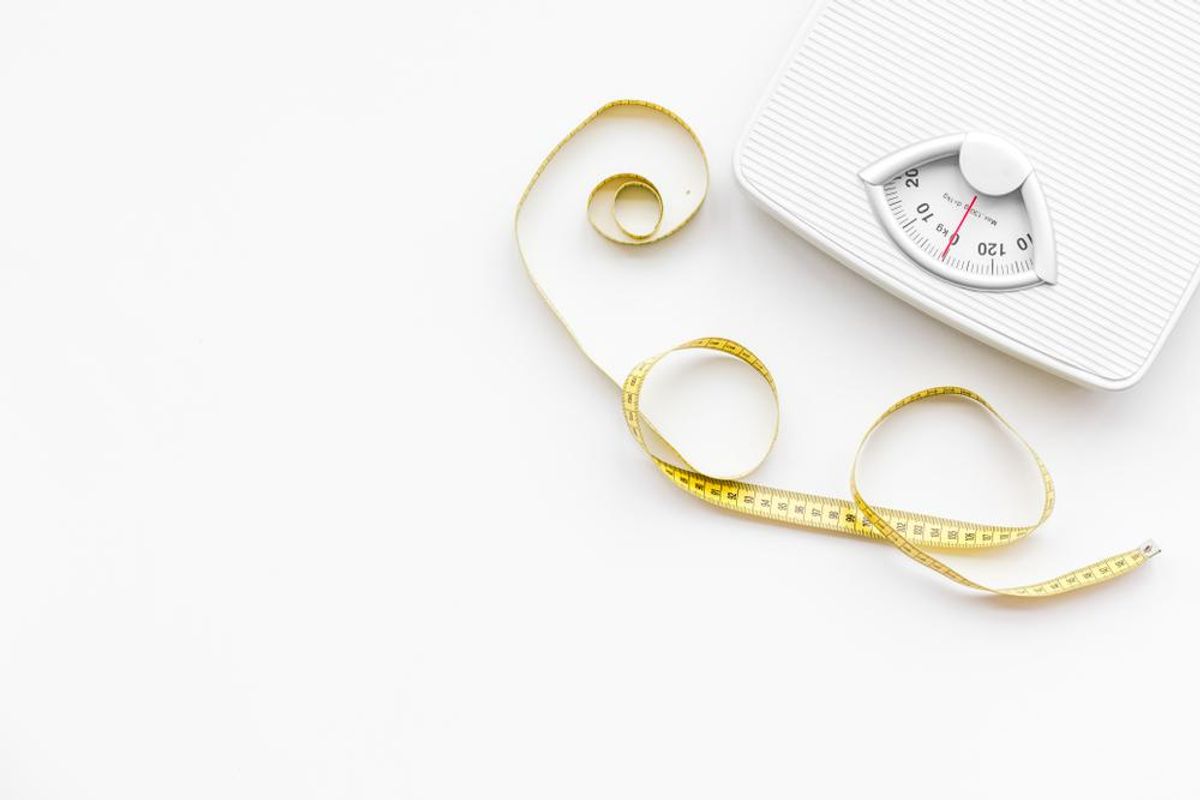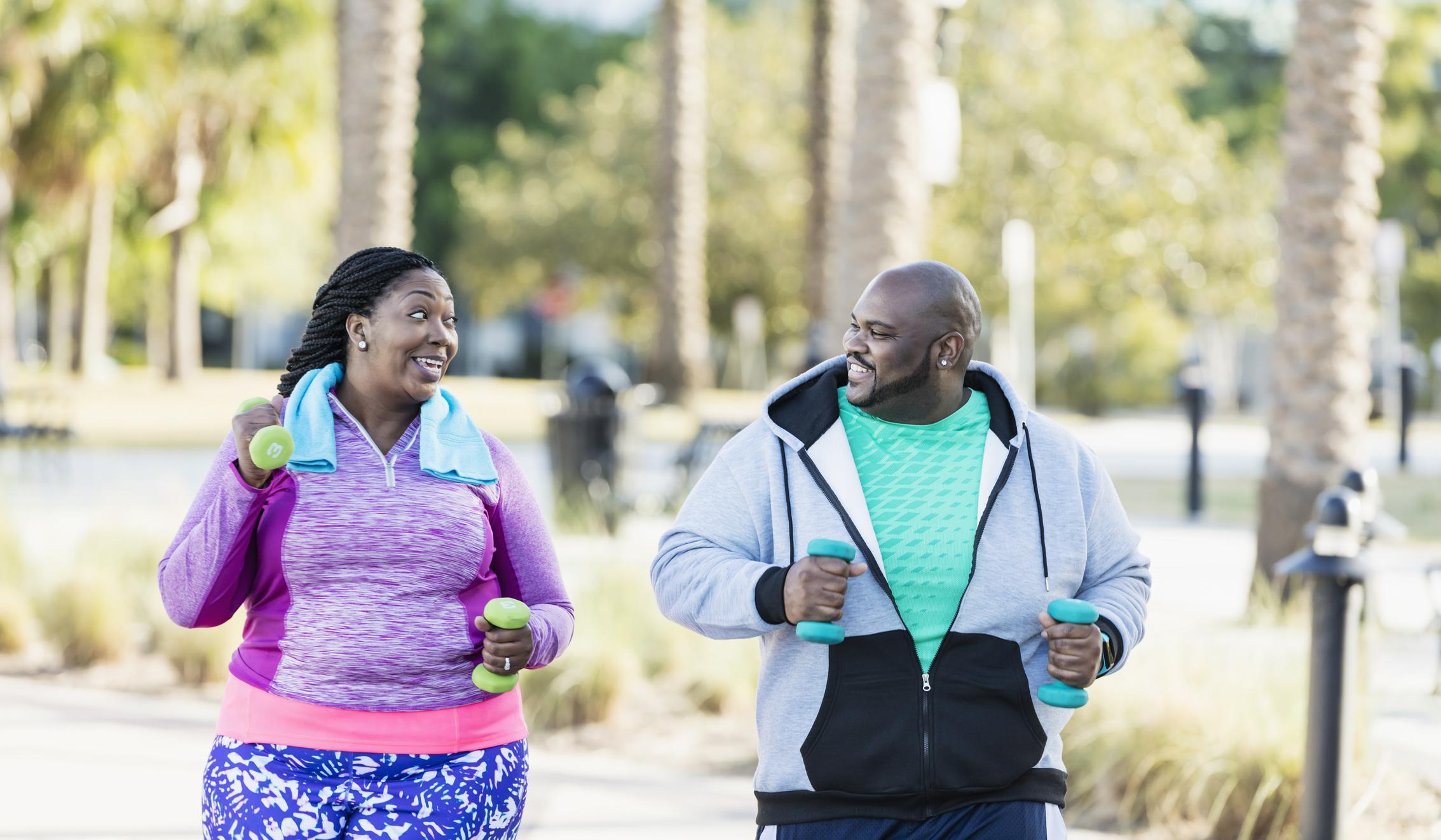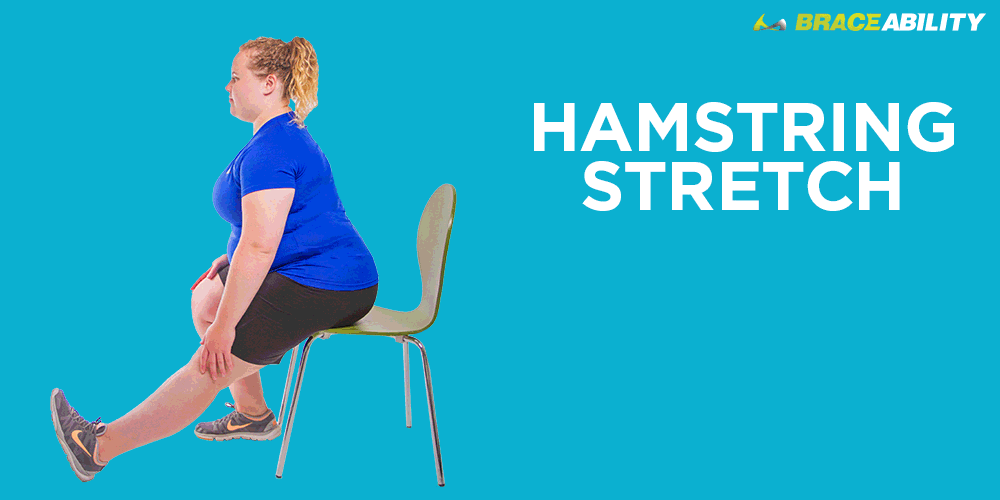
Walking is the best way to lose weight. Walking burns more calories than other forms of exercise. Yoga is also discussed in the article. It prevents middle age for people with average weight. There are many other benefits to exercising. Here are the best workouts to lose weight:
Exercise burns calories more than sedentary peers
A new study suggests that sedentary adults don't burn calories more efficiently than their active counterparts. This is according to University of Chicago researchers. The researchers compared the daily energy expenditure of sedentary individuals to those of half-a-dozen active adults. The participants were asked not to exceed 90 minutes per week and to burn approximately 750 calories. Moreover, they were allowed to select their workouts, and the amount of energy burned per exercise session was not significantly different between the groups.
The accelerometers were used to measure movement levels and measured daily energy expenditure. The research team also measured respiratory gas interchanges, which is critical for determining energy use. Moderate levels of exercise were associated with a greater likelihood to burn 200 calories more than their sedentary counterparts. If you exercise frequently, your weight loss may plateau or reverse after a few month.

Walking is the best exercise for weight loss
Although running or biking are more effective in toning and burning calories, walking is easier on your body and cheaper. In addition to being beginner-friendly, walking increases heart rate and prepares your body for more purposeful workouts. Walking also loosens the muscles. Walking can help you lose weight if done regularly. Walking can also help improve markers of your physical health such as resting heart beat, blood pressure, total cholesterol and aerobic capacity.
When walking, keep in mind that not all steps are created equal. Although walking slowly around the grocery store may increase your step count but not help you lose weight, it can be a good way to get more exercise. Instead, count how many minutes you are walking instead of how many steps. You will see the benefits of walking once you get to a moderate level of aerobic activity. The American Heart Association recommends that you exercise 150 minutes each week to improve your heart health. Walking can help you lose weight but it won't make you lose weight.
Pushups are an excellent exercise for weight loss
Pushups can be a great way to lose weight. However, you have many options. Depending on what you are trying to achieve, pushups can be done on your knees or against a wall, your feet or on a medicineball. You can make the exercise more difficult while also toning your muscles. You can do the exercise faster or for more than one repetition.
Pushups are a great way to lose weight. It's best to do them as frequently as possible. A single session of pushups will only burn about a handful of calories. If you do three sets of 10, it won't be enough to make weight loss. In order to lose weight, it is important that you count how many calories and how many calories are consumed. A set of pushups will help you to burn around 150 calories per session.

Yoga can prevent middle-age spread for people of average weight
New research has shown that yoga can decrease middle-aged weight gains in people of average body weight. Although the relationship is not direct, researchers discovered that yoga practice makes it less likely for people to gain 1 pound each year between the ages 45 and 55. Regular yoga practitioners report being able to tell when they are full, and not eating out of boredom or stress. Research shows that yoga's benefits outweigh its risks for middle-age spread.
According to the study BMI, SKFT, HC and AAQW were positively correlated for yoga. Interestingly, the negative correlation between BMI and PSS, MACL, MAC was not found. People who regularly practice yoga saw a decrease in all three variables. The study suggested that yoga might be beneficial for reducing middle-age spread in those of average weight.
FAQ
What is the best activity for busy people?
Exercise at home is the best method to stay fit. You don't have to join a gym or go to a fitness center to stay fit. You can do simple exercises at-home without having to purchase expensive equipment.
You just need to have a pair of dumbbells, a mat, a chair, and a timer.
You must be consistent with your training. You may lose motivation if you skip a few days.
A great way to start off would be to try lifting weights three times per week. This could be squats and lunges as well push-ups, pull ups, pull-ups (dips, curls), etc.
Once you are proficient in these movements, you will be able to do other types of exercise, such as running, jumping, skipping and yoga, pilates, dancing, swimming, weight training and tennis.
Make sure you choose the right exercise program for your needs. You might avoid exercising if your work hours are long.
If you're a night-owl, you might consider working out in the evenings rather than in early morning.
Remember to listen to your body and stop when you feel tired.
Why not lose weight before your 40th birthday?
For people over 40, maintaining good health and fitness are essential. It is important to stay fit throughout your life. This includes regular exercise, eating well, not smoking, and drinking moderate alcohol.
It is also crucial to recognize the fact that our bodies age. Our bones weaken and our muscles shrink. It is possible to slow down the process of aging by taking good care of ourselves.
Staying healthy and fit throughout your life is a great way to keep yourself young. These include:
-
Better sleep
-
Improved moods
-
Increased energy
-
Lower risk of developing cancer
-
A longer life
-
More independence
-
Better sex
-
Improved memory
-
Concentration is key
-
Improved circulation
-
Stronger immune system
-
Fewer aches & pains
How long do I need to fast for weight loss?
The answer is not as simple as you might think. For optimal fat loss, you need to take into account many factors. These are:
-
Your age. Intermittent fasting can be difficult for young people (under 40). This is because they have less time to recover after each fast. You may not have enough energy for a sustained period of daily fasting if you are older (over 60).
-
Your current body composition. Your current body composition. If you have a lot more muscle mass than you need, then you will likely be more successful with longer fasting periods. If you don't have a lot of muscle mass, shorter fasting periods may be more suitable.
-
How physically active are you. Exercise regularly and you may need to extend the fasting window in order to get enough sleep between workouts.
-
Your past medical history. Extra fasting may be necessary for people who have heart disease, diabetes, cancer, or other medical conditions.
-
How well do you tolerate stress? Stress can often lead to us eating more. To avoid this problem, you may need to increase the length of your fasting windows.
-
Your diet. Certain diets, like ketogenic diets, may require even longer fasting periods.
-
The quality of sleep you receive. Also, a lack of sleep has been linked with increased appetites and decreased metabolism. It might take some time to find what works best for your needs.
-
The amount of protein that you consume. Protein helps stabilize blood sugar levels, which means that eating more protein could potentially lead to lower insulin levels. This would allow one to fast for longer periods.
-
Whether you're trying to gain or lose weight, people who are trying to gain weight usually require longer fasting periods than those who are trying to lose weight.
-
How many calories did you consume during your fasting period? Fasting fewer calories per day may result in greater fat loss than fasting for more calories per day.
-
Your overall fitness level. The metabolic rate of fast people who are fit is higher, which means they burn more calories each day.
-
Your gender. Men tend to have greater appetites that women, so they may need a longer fast. Women tend to have smaller appetites so they might only need to fast for 20-30 minutes each morning.
-
Your lifestyle. Are you someone who gets plenty of physical activity? Do you exercise multiple times a week or do you just go to the gym? Do you have a job that requires you to sit at a desk all the time? These things could impact the speed at which you should go.
-
How much money do your spend on food every day? You don't have to spend much on groceries to eat healthy food. Whole grains can be replaced by white bread, fruits can replace candy bars, and lean cuts of meat can be used to save money.
-
How important it is for you to control your hunger. You don't have to skip meals if you don’t want to.
How Much Exercise is Required to Lose Weight?
There are many factors that affect the amount of exercise you need to lose weight. Most people require at most 30 minutes of moderate physical activity five times per week.
The American College of Sports Medicine recommends 150 mins of moderate-intensity aerobic exercise per week spread over three consecutive days.
If you are trying to lose 10 pounds, 300 minutes of moderate intensity exercise per week is a good goal. You can do this by walking fast, swimming laps or biking, as well as playing tennis, golfing and hiking, or jogging, running or other similar activities.
Consider doing 20 minutes of vigorous exercise thrice a week if you are just starting out. That could include activities like lifting weights, sprints, jumping rope, or fast walking.
Aerobic exercise helps to build muscle mass and burn calories. Muscle burns more calories per calorie than fat. So building muscle while losing weight may help you achieve your goal faster.
How often do people fast?
The majority of people who follow the ketogenic diet fast only once a week. However, there are some who fast twice per week. Others fast three or more times per week.
Each fast has a different length. Some people fast for 24 hours, whereas others fast for 48 hours.
Some people will even travel more than 72 hours. These extreme cases are rare.
What Can You Lose in One Week?
The amount of weight that you can lose will depend on how high your body fat percentage is. First, calculate how much weight your goal weight is and then determine what your BMI (Body Mass Index). Your BMI tells us how much weight you should lose in order to achieve this goal. If your BMI is 25 or greater, you're overweight. If your BMI is 30 or higher, you're obese.
For example, if you weigh 200 pounds, your BMI would be calculated at 28.7. To reach a healthy weight, you would need to lose 70 pounds. To see if you're overweight, visit www.healthyminds.com/bmi/.
This formula can be used to calculate how many pounds you will lose each week once you have determined your BMI.
(Your Goal Weight - Current Weight)/BMI * 7 Number Of Pounds Lost Per Week
To lose 50 pounds in a month, you would need to exercise for 2 weeks. That's 56 days divided by 7 pounds per day. This works out to 8.3 lbs per week.
You could also try this calculator from www.weightlosscalculator.net. It gives you a rough estimate of how many calories you should eat daily to lose 1 pound per week.
Is there a difference in intermittent fasting and calorie restrictions?
Calorie restriction refers to eating less than what your body requires. Intermittent fasting, on the other hand, doesn't restrict calories. Intermittent fasting focuses more on eating fewer calories every day.
Intermittent Fasting is more efficient because you can enjoy the foods you love without feeling guilty.
Both methods have their advantages and disadvantages. It is up to you to decide which method you prefer.
Statistics
- According to Harvard Health, it's estimated that a 155-pound (70-kg) person burns roughly 112 calories per 30 minutes of weight training (5). (healthline.com)
- It's estimated that half of all American adults attempt to lose weight every year (1Trusted (healthline.com)
- One study in 9 active men found that HIIT burned 25–30% more calories per minute than other types of exercises, including weight training, cycling, and running on a treadmill (18Trusted Source (healthline.com)
- Among women, the increase in metabolic rate was nearly 4%, or 50 more calories per day (14Trusted Source (healthline.com)
External Links
How To
How to Intermittent Fasting
Intermittent eating is a way to lose weight that you only have one day of the week. It's usually Monday through Thursday. The goal is to decrease your overall calories and still get adequate nutrition. It's believed that this helps burn fat faster than if you were eating normal meals throughout the entire week.
The most common form is to limit calories for certain days. This would mean that you skip breakfast each morning, and then eat whatever food you like throughout the day. You could also choose three small meals instead of two large meals per day.
There are many types of intermittent fasting. There are pros and con's to every type of intermittent fasting. Alternate day fasting, which doesn't require you to change your lifestyle, is the best way to get started. However, not everyone can stick to a rigid schedule. They might prefer to experiment with other methods.
If you are interested in starting an intermittent fasting regime, I recommend beginning with alternate-dayfasting. This will allow for gradual transition to more extreme fasting without having to change your lifestyle.